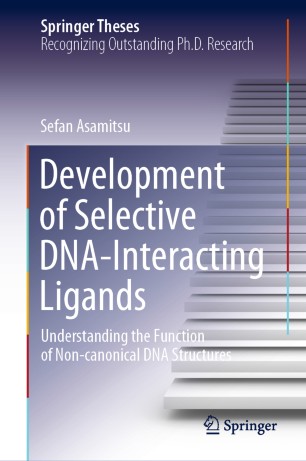

Most ebook files are in PDF format, so you can easily read them using various software such as Foxit Reader or directly on the Google Chrome browser.
Some ebook files are released by publishers in other formats such as .awz, .mobi, .epub, .fb2, etc. You may need to install specific software to read these formats on mobile/PC, such as Calibre.
Please read the tutorial at this link: https://ebookbell.com/faq
We offer FREE conversion to the popular formats you request; however, this may take some time. Therefore, right after payment, please email us, and we will try to provide the service as quickly as possible.
For some exceptional file formats or broken links (if any), please refrain from opening any disputes. Instead, email us first, and we will try to assist within a maximum of 6 hours.
EbookBell Team

4.3
58 reviewsThis book addresses the development of both DNA-sequence-selective and DNA-form-selective ligands, with the aim of creating potential molecular probes and therapeutic agents for non-canonical DNA structure-caused human diseases.
Over the past two decades, the structural diversity of DNA forms has been proven to have profound implications in various biological, neurological, and pharmacological events. In response, researchers have since made tremendous efforts to obtain highly active drugs interacting with disease-related non-canonical DNA structures. These drugs, however, have not yet been approved for clinical use. One obstacle impeding their clinical application has to do with selectivity.
This book focuses on secondary DNA structures formed by trinucleotide repeat sequences (“hairpin form”) or guanine-rich sequences (“G-quadruplex form”), both of which are pathological molecules for neurodegenerative diseases and/or cancer. Most importantly, it contends that a particular secondary structure of DNA in the context of the human genome can be targeted with a minimal affinity to other DNA structures by means ofcareful and rational ligand design. This approach opens an avenue to the development of highly selective drugs or diagnostic chemical tools for human diseases. Readers who want to know how synthetic ligands can be designed to selectively target a certain DNA molecule will find this book highly informative.